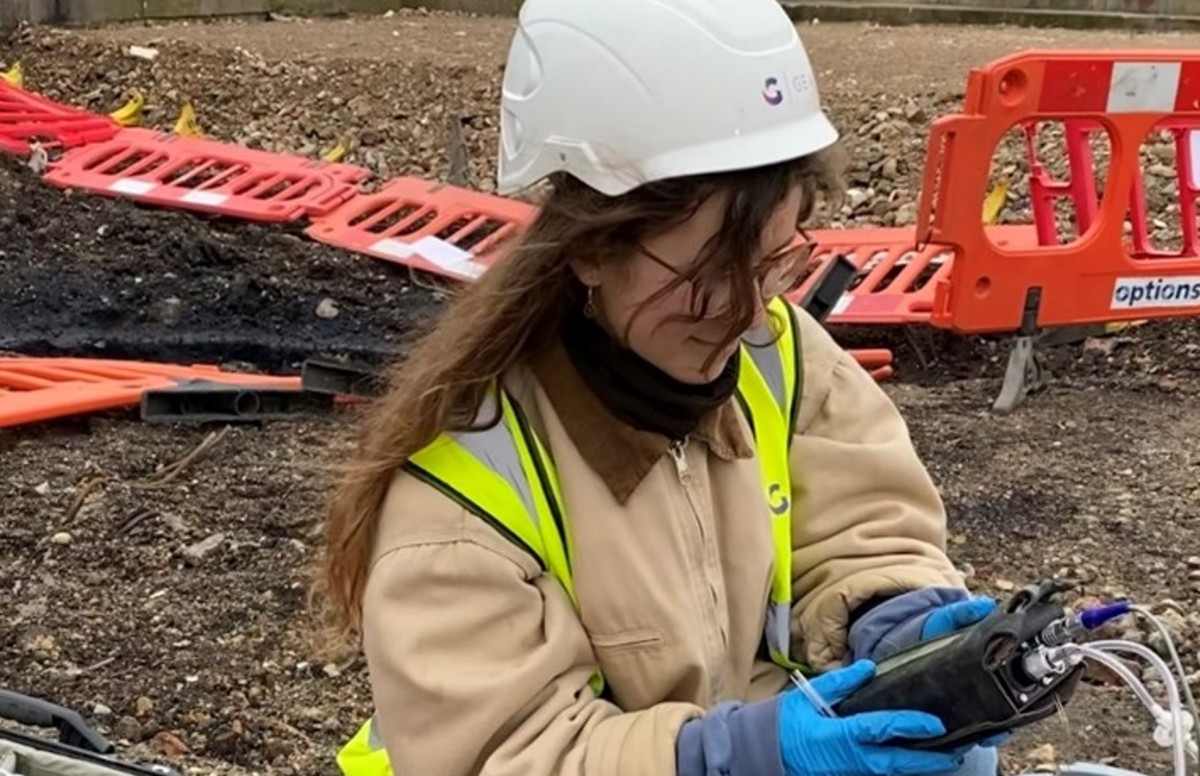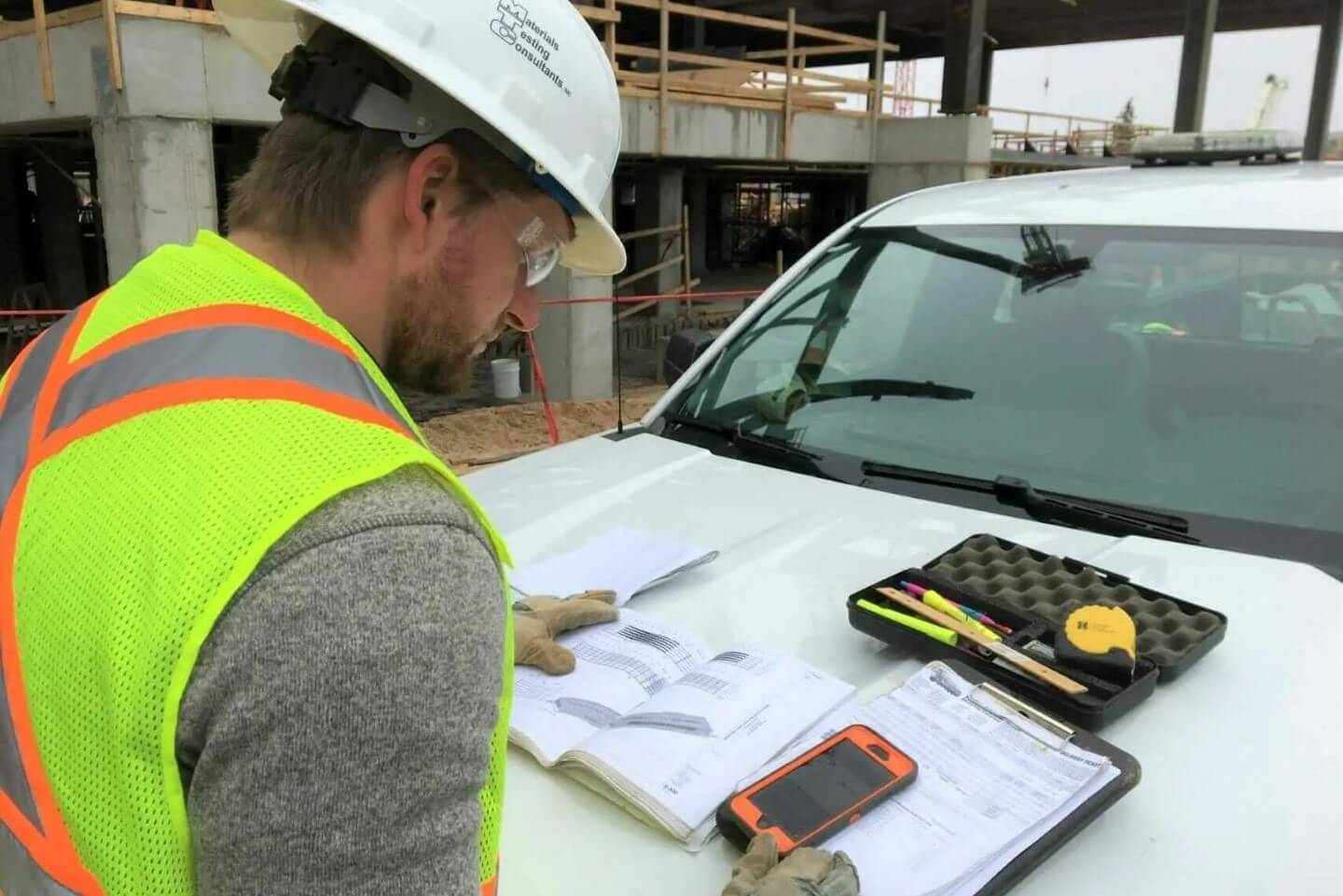Geotechnical Engineering in South Africa: Comprehensive Services for Building and Development
Geotechnical Engineering in South Africa: Comprehensive Services for Building and Development
Blog Article
How Consulting Civil Design Firms Add To Effective Task Monitoring and Design Application
Consulting civil engineering firms are indispensable to the success of construction projects, combining technical efficiency with strategic oversight. By focusing on style optimization and risk mitigation, these firms make certain that tasks are not only practical but affordable and also sustainable.
Function of Civil Engineers
Comprehending the function of civil engineers is important for the successful administration of building jobs. Civil designers function as the foundation of infrastructure growth, making sure that projects are developed and implemented to meet safety and security, sustainability, and capability criteria. Their knowledge includes different facets of engineering, consisting of architectural, ecological, and geotechnical specializeds.
Civil designers are accountable for carrying out usefulness studies, which assess the viability of suggested jobs by examining economic, technical, and ecological aspects. They develop detailed blueprints and requirements, integrating ingenious remedies to enhance materials and sources. Throughout the building and construction stage, civil designers supervise the project, collaborating with specialists, stakeholders, and architects to make sure adherence to make specifications and regulatory needs.

Job Planning Strategies
Effective task preparation techniques are vital for making sure that building and construction projects are implemented efficiently and efficiently. Consulting civil design companies play an important duty in this procedure by using comprehensive preparation methods that deal with numerous task stages. Originally, an extensive analysis of project extent and customer requirements is performed, enabling the identification of critical landmarks and deliverables.
Moreover, these companies make use of devices such as Gantt graphes and task management software application to produce in-depth timelines, enabling efficient scheduling of jobs and resource allocation. This structured approach helps to prepare for prospective traffic jams and designate required sources proactively. Danger management is one more crucial element; firms carry out threat evaluations to determine prospective problems that can arise during the project's lifecycle, implementing reduction strategies to reduce disruptions.
Furthermore, stakeholder engagement is highlighted throughout the planning phase. Regular interaction with customers, specialists, and neighborhood authorities makes certain that all parties are aligned with project objectives and timelines. By incorporating these techniques, speaking with civil engineering companies improve the possibility of project success, guaranteeing adherence to budget plan constraints and governing demands while promoting a joint setting.
Layout Optimization Strategies
Design optimization methods are crucial for enhancing the performance and sustainability of civil design jobs. These techniques entail the systematic evaluation of design specifications to attain the very best possible results while lessening prices and source use. By making use of innovative computational tools and formulas, designers can review assess numerous style options and pick the most efficient options based on details task standards.
One extensively utilized strategy is parametric style, which permits for the manipulation of layout variables to observe their influence on general task performance. This iterative procedure leads to innovative solutions that not just satisfy functional demands however likewise stick to ecological requirements. In addition, strategies such as value engineering concentrate on optimizing task elements to maximize value while reducing unnecessary prices.
In addition, the assimilation of Building Details Modeling (BIM) facilitates better partnership among stakeholders, making it possible for real-time changes and improvements to styles. This holistic sight fosters an extensive understanding of the task, causing notified decision-making. Ultimately, reliable design optimization strategies result in boosted project timelines, reduced waste, and boosted structural performance, adding to the general success of civil design endeavors.
Risk Administration Strategies
Danger management methods are vital in guaranteeing the effective shipment of civil engineering projects, as they help recognize, assess, and reduce potential risks that might influence job outcomes. Effective threat monitoring is a methodical process that includes the identification of threats, examination of their chance and effect, and the development of methods to address them.
Consulting civil design firms normally employ a combination of measurable and qualitative risk evaluation techniques (geotechnical engineering companies in south africa). Qualitative methods, such as conceptualizing sessions and professional meetings, aid gather insights on potential risks from various stakeholders. Alternatively, quantitative techniques entail statistical analysis and modeling to identify the likelihood and prospective impact of recognized official source threats
Once threats are assessed, companies carry out reduction techniques, which may consist of risk evasion, transfer, reduction, or approval. This can involve revamping project components to remove risks or securing insurance to offset potential financial losses. Constant surveillance and evaluation of threats throughout the project lifecycle are likewise important, enabling prompt modifications to run the risk of administration approaches as brand-new hazards emerge.
Collaborative Interaction Practices
Enhancing task outcomes via joint communication practices is important for speaking with civil design companies. Effective interaction promotes a culture of transparency and count on amongst stakeholders, which is important for the effective execution of engineering tasks. By implementing organized interaction channels, companies can make certain that all celebrations-- clients, contractors, and employee-- are aligned on project objectives, deliverables, and timelines.
Regular meetings, both formal and casual, help with the exchange of ideas and feedback, enabling real-time analytical and decision-making. Utilizing collaborative devices such as job management software application encourages paperwork and tracking of development, while making it possible for instantaneous accessibility to essential info.
In addition, active listening and open dialogue are crucial elements in a joint environment. By valuing varied point of views, companies can innovate and adjust styles that meet both technological requirements and customer expectations. In addition, cultivating a team-oriented ambience lessens misconceptions and elevates the total high quality of job.

Conclusion
In verdict, getting in touch with civil engineering firms are indispensable to effective project management and layout implementation. Inevitably, the expertise and techniques used by consulting civil designers considerably add to attaining job objectives while decreasing costs and making the most of resource utilization.

In conclusion, speaking with civil engineering firms are essential to effective task management More Info and layout implementation.
Report this page